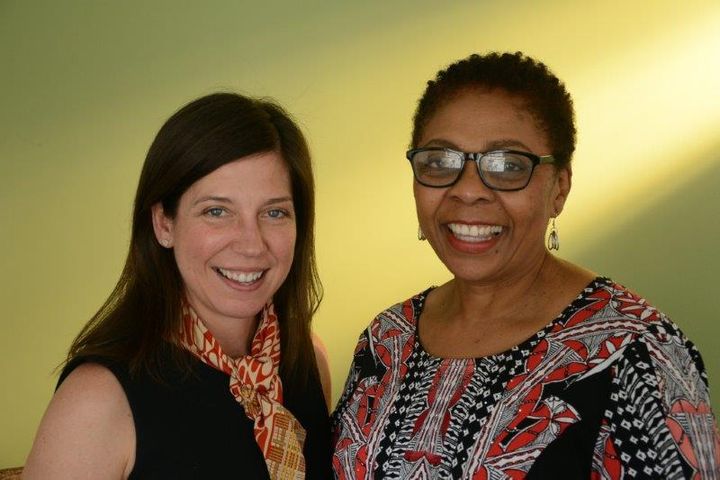
That was the message Dr. Mamie Parker delivered to Nature Conservancy board members and staff when she spoke to us as part of the Illinois Chapter’s ongoing efforts to promote collaboration and diversity in the field of conservation.
As the former Chief of Staff and Head of Fisheries for the U. S. Fish and Wildlife Service (USFWS), Dr. Parker knows the importance of working together. And as the first African American senior executive service member to serve as a regional director of the 13 Northeastern states, she understands the need to create a more inclusive culture in conservation organizations.
“As one of very few women of color working in conservation at that time, I was a pioneer,” she explained. “It can be lonely when you’re a pioneer, because you’re all by yourself.”
While the percentage of minorities working in conservation slowly began to grow in the 1990s, a recent study by Dorceta E. Taylor, professor at the University of Michigan's School of Natural Resources and Environment, revealed that the those numbers haven’t changed since 2005. Today, the percentage of minorities working in the organizations Dr. Taylor studied hovers at 12 to 16 percent. At The Nature Conservancy, we know we can do better. We work all over the world and have an incredible opportunity to engage with more people from a wide variety of backgrounds and experiences. That’s why across the country, chapters like ours have launched diversity initiatives.
Dr. Parker, who led conservation efforts at USFWS for more than 30 years, shared with us her experience and insight into how inclusion can be authentic and effective, as well as ways to navigate the difficulties that come with trying to collaborate and work together. One example Dr. Parker provided was the creation of Chicago Wilderness, a diverse coalition of conservation groups working to protect natural areas in the Chicagoland region, which she assisted with during her tenure with USFWS.
“One of the great things about Chicago Wilderness: it focused on results,” Dr. Parker said. “It took the focus off what we didn’t have in terms of resources and instead focused on what we could be if we all worked together.”
Dr. Parker called it a “radical collaboration,” a term coined by authors James W. Tamm and Ronald J. Luyet in their book of the same name.
“Radical collaboration is about truth and trust, how we shouldn’t make assumptions and that we should look at the power of intent,” Dr. Parker explained “Sometimes we will be clumsy when we collaborate, but that’s ok, as long as we pay attention to intent.”
Dr. Parker urged us to use these same principles as we work to increase diversity within the field of conservation. She also provided advice for opening doors to the young men and women who will comprise the next generation of conservation leaders.
“You want cultural competency to be there when these children join our work forces, our organizations, our board of directors,” she said. “We can recruit in many places, but the work is to retain them.”
Including the parents in the recruitment process and helping them understand that green jobs are a viable career option is an important part of this effort, Dr. Parker explained. She added that mentors and affinity groups in the work place are not just a way to increase diversity in hiring, but to ensure that talent is retained.
“My mentor, Hannibal Bolten, helped me started in the USFWS and is still part of my life,” she said.
And at the end of her talk, Dr. Parker encouraged attendees to follow the saying “Do what is right, not what is easy.”
Here at The Nature Conservancy, we are ready, to do what is right but not always easy. In Illinois our efforts are underway: we are working to advance staff and board diversity and inclusion, as well as advance our engagement with local communities. Our partnership at Indian Boundary Prairies with Faith in Place, an organization that inspires religious people of diverse faiths to care for the Earth through education, connection, and advocacy, is among our early efforts. Across the board, staff and trustees alike are deeply involved and enthusiastic about the direction in which we are headed.
When I think about the organizational best-practices we are building, it is key that we leverage individual difference and diversity to serve our mission. In the context of Dr. Parker’s inspiring call to action, I agree with her that the timing is right and the community is ready. And I’m excited about what’s next and hopeful for the future.
